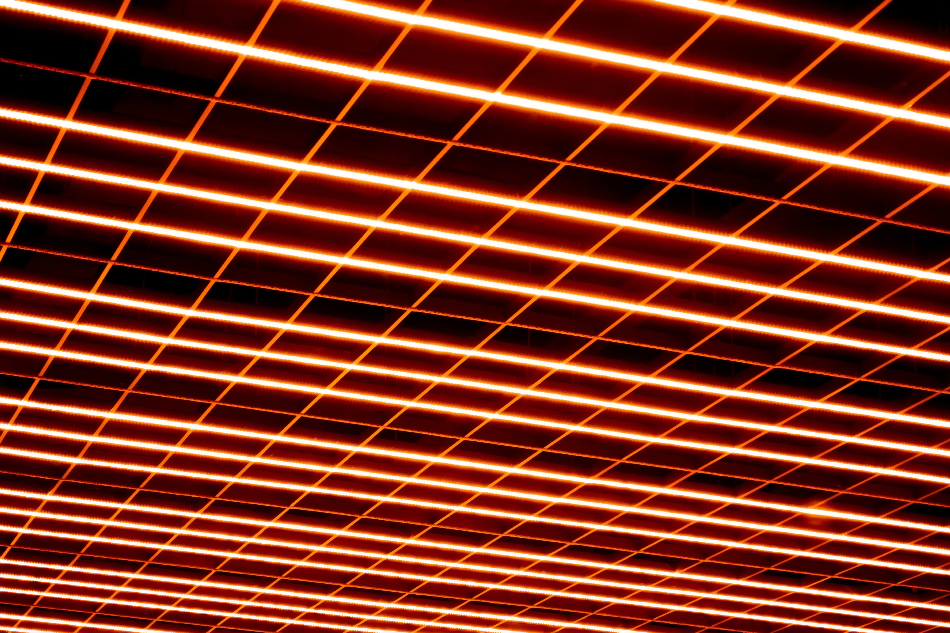Lasers are an advanced optical technology being used across many different applications ranging from astronomy to medicine. Today, there are many different types of lasers, each of which are suited to different applications dependent on power and range required. This article focuses on vertical-cavity surface-emitting lasers (VCSELS) and their best suited applications.

Image Credit/Shutterstock:Aapsky
Understanding VCSELS
With there being so many different types of lasers in use today, it is always best to understand the laser first, before discovering its applications – as the two areas are generally synonymous with each other. While VCSELs have been around since the 1970’s, their way of working remains unique compared to other laser systems. Many lasers in use today emit the optical at edges or on the face of the laser material, but VCSELs emit from the top surface – meaning they only emit from one surface as opposed to multiple surfaces, allowing output power to be maximized. This is often in the form of a circular beam of light, high compatible with modern-day optical components.
VCSELs use a laser diode and a monolithic resonator to emit light in the direction that is perpendicular to the surface laser and/or chip. VCSELs are a semiconducting laser which rely on multiple quantum wells to generate an abundance of power. VCSELs are fabricated in different ways, with the most popular way being to incorporate them onto a wafer as 1000’s of diodes can be integrated on the surface. Another way is to fabricate them into arrays as the output power can be increased (but sometimes at the cost of beam quality if too many are placed in a very small space).
Communication Technologies
Like many lasers, VCSELS are used in some areas of optical communications, being used as the transmitter in single optical fibers, multimode fibers in both short-range and long-range free-space communication lines. Of all the communication technologies, they are more widely used in long-wavelength communication technologies, such as those used in metro systems, storage networks and fiber-to-home communications. However, they have potential to be utilized on a large commercial scale across high-definition (HD) TVs, smart phones and mobile networks.
Sensors
VCSELs are commonly used in two different sensing areas—gas sensing and biomedical sensing. For gas sensing applications, wavelength tunable VCSELs are used (often made with MEMS) measuring the thermal expansion or electrostatic forces of gaseous molecules after absorbing a specific wavelength of laser light. VCSELs are only be used to measure one type of gaseous molecule at a time, but are widely used to detect oxygen, water vapor, methane and carbon dioxide gases.
For biomedical sensing, VCSELs are used for integrated and label-free sensing of various biomolecules. Many of the VCSEL sensing methods are performed in-vivo and are often integrated with photodetectors to analyze biological samples (detecting the light emitted from the laser with any changes in intensity that arise from molecular absorption of the light). These sensors have also been used to look at fluorescent molecules and for analyzing live biomolecules in lab-on-a-chip environments.
Computing
The high precision and power of the light emitted from VCSELs makes them an alternative read-write light source for data storage applications as the VCSEL can be used as the ‘writer’ and the back-reflection voltage can be simultaneously obtained. The beams can be constructed into various geometries (using different nano-size apertures), changing the power output and beam for applications.
VCSELs are also used within computer mice, acting as the light source. This is because they provide both low power consumption and precise tracking abilities to the mouse.
Conclusion
Overall, the use of VCSELs has increased in recent years, spreading into various application areas. The reason for their increased use has been attributed to their small size, ability to be fabricated into 2D arrays, their integration ability with other components, and because they are significantly easier to test and manufacture than many other lasers. While the above application areas are the most common, they are also used in more niche application areas such as optical clocks and as solid-state laser pumps. Their application uses are expected to continue to grow as more application areas open up to the use of VCSELS.
Sources:
RP Photonics: https://www.rp-photonics.com/vertical_cavity_surface_emitting_lasers.html
“Emerging applications for vertical cavity surface emitting lasers”- Harris J. S. et al, Semicond. Sci. Technol., 2010, DOI: 10.1088/0268-1242/26/1/014010
Disclaimer: The views expressed here are those of the author expressed in their private capacity and do not necessarily represent the views of AZoM.com Limited T/A AZoNetwork the owner and operator of this website. This disclaimer forms part of the Terms and conditions of use of this website.